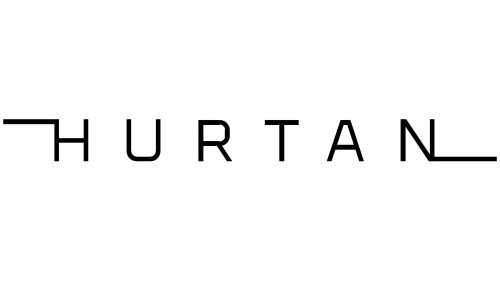Like the brand’s racing cars, the Hurtan logo is light and elegant. The emblem conveys the idea of transformation, tuning, and refinement, allowing for the creation of new and unique models. It highlights the company’s distinct style.
Hurtan: Brand overview
In 1991, Juan Hurtado Gonzalez created a sensation in the automotive world when he founded Hurtan in Santa Fe, Spain. The boutique automaker’s signature style is handcrafted sports cars, with designs borrowed from iconic cars of the 1950s and 1960s. While working at his father’s restoration company, Juan Hurtado began designing and prototyping cars. This experience was instrumental in creating Hurtan Desarrollos S.L., which became the official legal entity behind the brand.
In the late 1990s, Hurtan launched its first Grand Albaycin model. Although only a limited number of these cars were initially assembled, they were the starting point for the growing company. At the beginning of the 21st century, the Hurtan lineup was expanded with additional models such as the Sport and Grand Sport. Although the number of cars produced annually increased, the production volume remained modest and fluctuated between 10 and 20 cars per year.
The turning point for Hurtan was in 2011 when the company celebrated the release of its 50th car, which confirmed its stability and success as a niche manufacturer. Two years later, in 2013, the company updated the Grand Albaycin model, improving its performance and refreshing its aesthetics. In 2016, another evolution of the Hurtan range took place: the company entered new territory by introducing the Grand Tourer, its first four-seat vehicle, expanding its product range.
In the 2020s, Hurtan remained committed to the low-volume production of sophisticated, handcrafted sports cars with retro styling. Customization and meticulous attention to detail remain at the core of the design philosophy. Despite a limited annual production volume, which still does not exceed 100 cars, the brand has carved out a unique niche by maintaining its unique appeal in custom car production.
Meaning and History
1992 – 2017
The Hurtan emblem from 1992 to 2017 features an elongated “H,” with its glyphs swirling around the symbol. This design emphasizes the transformation process of creating prototypes from iconic cars. This approach allows classic cars to gain new looks while preserving originality and adding a modern touch.
The smooth curves of the “H” give the company a creative and romantic aura, highlighting its uniqueness and attention to detail. The brand’s name comes from the founder’s surname, Hurtado. All letters except the first are connected, symbolizing the brand’s shift to more practical and consistent production with the launch of real models.
The logo is brown, which is unusual for automotive emblems. This color represents old traditions and high quality, giving the logo a warm and reliable appearance.
2017 – today
Hurtan’s logo reflects the retro style of its cars. It features a single black word in a simple sans-serif font. All strokes have the same thickness for a minimalist look. The “H” and “N” have horizontal lines extending from them, setting boundaries for the logo and resembling tire tracks.
The black text aligns with the brand’s retro aesthetic, emphasizing elegance through simplicity. The horizontal lines suggest movement and precision, key elements in the automotive industry. These lines add a dynamic touch, turning plain text into a representation of the brand’s identity.
The uniform stroke thickness enhances the clean design, reflecting the brand’s commitment to quality. The horizontal lines imply motion, evoking tire tracks and suggesting performance and reliability.
The minimalist approach highlights the brand’s focus on timeless elegance and craftsmanship. The black color exudes sophistication and authority, aligning with Hurtan’s cars’ classic appeal.






